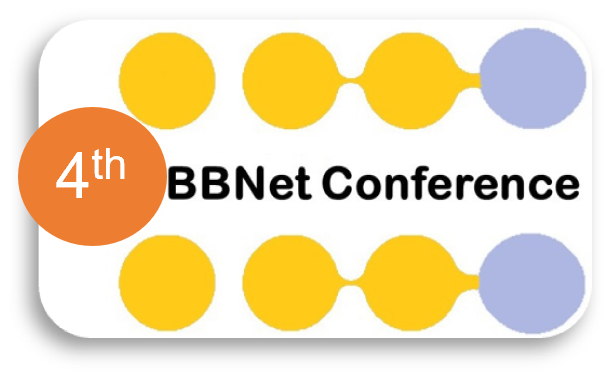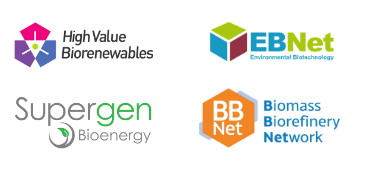Next generation glycosaminoglycans: Towards sustainably sourced, non-mammalian aquatic alternatives.
- Project lead
- Mark Skidmore
- Institute
- Keele University
Summary:
Heparin, a natural carbohydrate product that is extracted and processed from pig and cow intestines, is extensively utilised as an injectable anticoagulant, and is classified as an essential medicine by the World Health Organization. Heparin is also employed to create an anticoagulant surface within experimental and medical devices, such as specimen tubes and renal dialysis machines. As the 2nd most widely used pharmaceutical drug by mass throughout the world, the global market is forecast to reach £5.8 billion by 2028 with a compound annual growth rate of 17.2%. Heparin has found widespread use within medicine, examples of which include the prophylaxis of deep vein thrombosis, pulmonary embolism and arterial thrombosis; anticoagulant administration before, during, and after surgeries; the treatment of various medical conditions including atrial fibrillation, myocardial infarction, stroke, peripheral artery disease, and autoimmune disorders; clot prevention during dialysis; flushing solutions for medical devices (e.g., catheters) and as an anticoagulant in blood collection tubes, alongside research roles within cell culture, protein purification and as broad spectrum antivirals (e.g. SARS-CoV-2).
Although heparin is an established and safe pharmaceutical, it nevertheless suffers from a global supply problem: it is in high demand in developed and, increasingly, also in developing countries but, is almost entirely sourced from Chinese pig intestines. More than 1 billion animals are required each year to supply demand, and pig populations themselves are threatened having been reduced by 30% owing to recent swine fever outbreaks.
Working with our biotechnology industry partner, we propose several alternative routes to generate heparins that are sustainable, renewable and of high value; first, by extracting heparin polysaccharides (with high levels of bioactivity) from marine bivalve molluscs, which are highly amenable to sustainable aquaculture; second, using extraction from marine pest species, including crabs, mussels and seastars that are known to possess heparin and heparin-like anticoagulant carbohydrates. The raw materials originate from aquaculture or as by-products, waste, or pests from marine and other industrial production processes. Products will be tested in established assays of coagulation, inflammation and HIT stimulation (a known side-effect of heparin administration); with the most active being structurally characterised. These will be used to produce a discovery platform for next generation, sustainably and renewably sourced, marine-derived heparins.
The project will provide our biotechnology partner with a blueprint for the characterisation and future quality-control of marine-derived heparins from renewable sources which can be fed directly into our in-house biological activity assays.
Academic partner: Mark Skidmore, Keele University
Industrial partner: Ruth Yates, Anglo-Italian Chemometrics Limited








